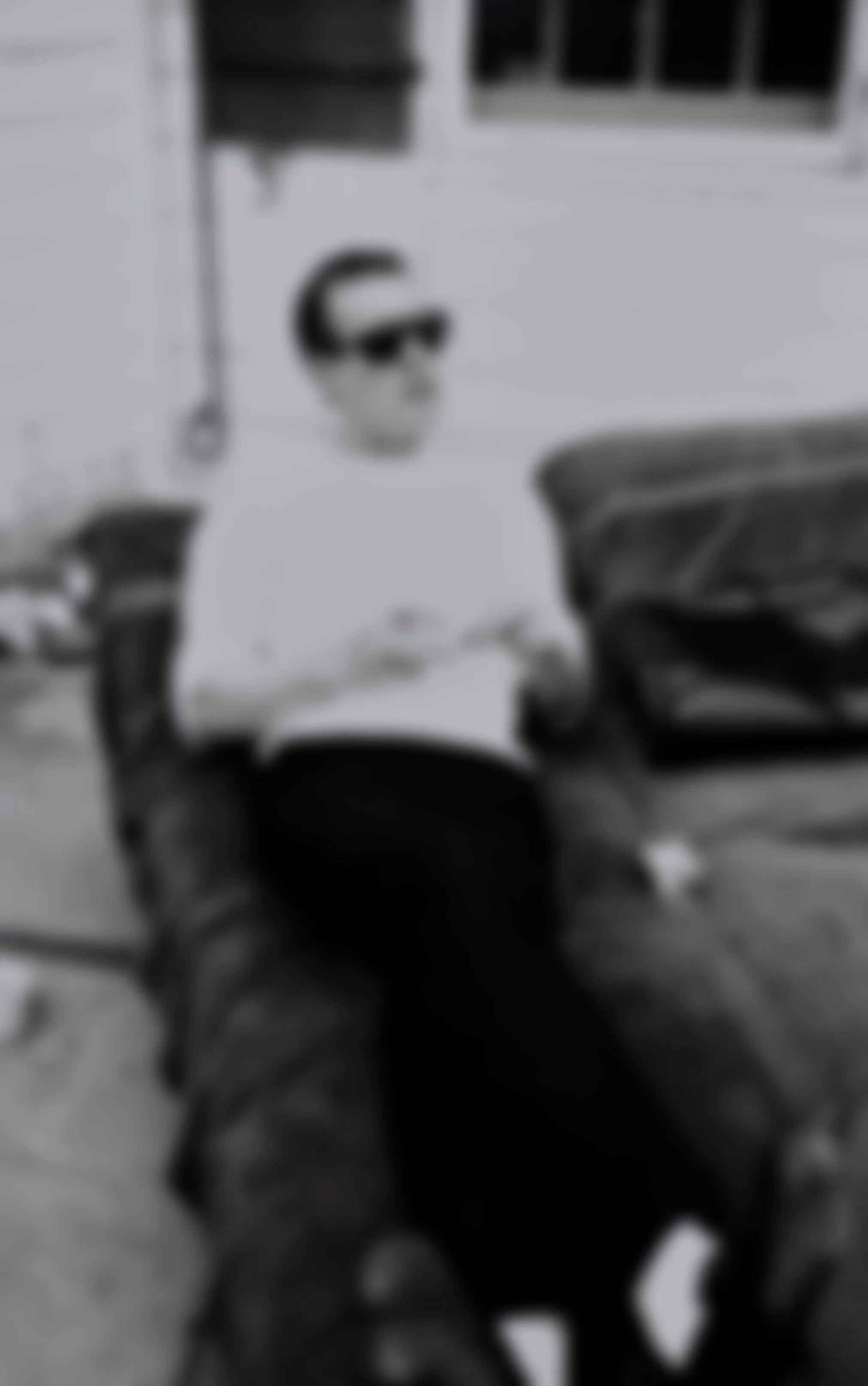
Halston at the Beach House
A unique gelatin silver photograph by Andy Warhol
Two powerhouse entrepreneurs – Warhol and Halston – met in the early 1970s through fashion designer Joe Eula. They became close friends who each influenced the other’s creative practice in a unique way. Halston used Warhol’s works as inspiration for his fashion designs and fabrics; Warhol featured Halston in many of his works, including videos and photographs
Year: 1982
Medium: Unique gelatin silver print
Size: 10 x 8 in (10.3 x 25.4 cm)
Framed size: 17.5 x 16 in (44.4 x 40.6 cm)
Provenance:
Estate of Andy Warhol (stamped)
The Andy Warhol Foundation for the Visual Arts (stamped)
Long-Sharp Gallery
Authenticated by the Authentication Board of The Andy Warhol Foundation for the Visual Arts (stamp on verso), Foundation archive number on verso in pencil, initialed by the person who entered the works into The Foundation archive.
Price on request
What is a Gelatin silver print?
According to the National Gallery of Art, gelatin silver prints consist of “silver metal particles suspended in a gelatin layer.” The technique was first introduced in the mid 1800s, but did not become popular until the late 1910s. Most twentieth century photographs are gelatin silver prints, venerated for their sharp definition and detail.
Andy Warhol and Gelatin Silver Prints – his Minox 35 compact
From the 1960s to the 1980s, Warhol was seen with his Polaroid camera hanging around his neck so often that it was referred to as his “date.” Over the years, he typically used two types of cameras: a Polaroid and a Minox 35 compact. He employed the 35mm camera in the same way that he used a sketchbook in the 1950s: he made it a part of his visual diary, a means to document his everyday life. For this reason, one might see photographs of city streets, advertisements, and friends at parties taken with Warhol’s 35mm camera and developed as gelatin silver prints.
Uniqueness
This photo is unique, meaning only one photo that looks exactly like this was developed. This does not mean that Warhol took only one photo of this subject matter. He probably took several similar photos, but might have changed the lighting or the angle; thus, each work would be unique.
Back to Andy Warhol
